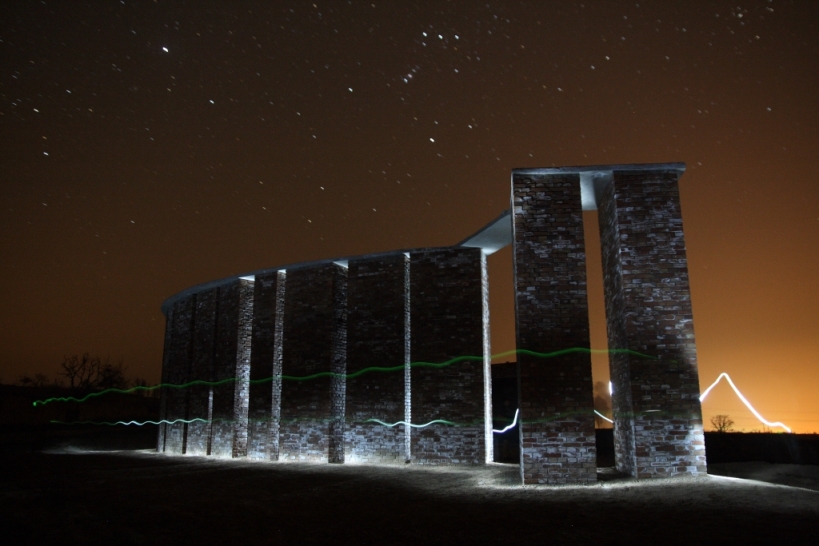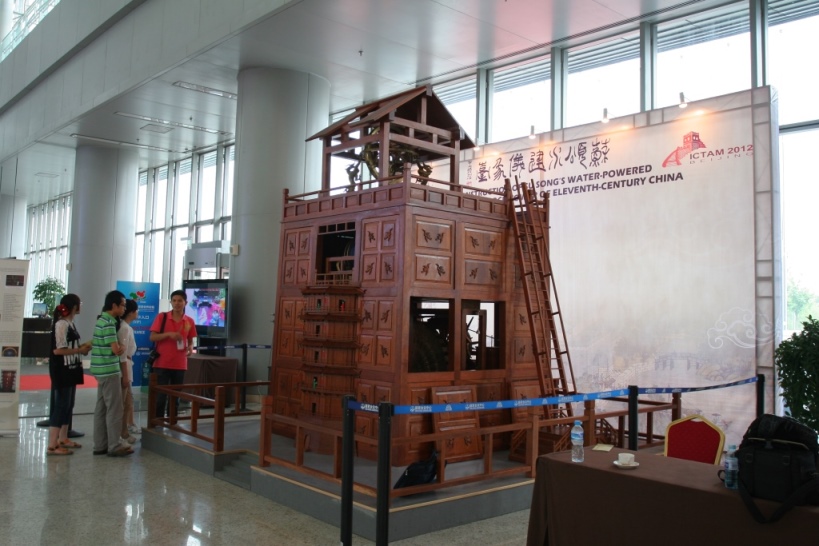Center of Ancient Chinese Astronomy (COACA)
As one of the first cultures in history to keep detailed records about the night sky, ancient Chinese astronomy has developed over the past five thousand years. Calendar making and documented observations of celestial phenomena were two important aspects, as well as the construction of instruments that complemented these tasks. Therefore, abundant records on celestial phenomena were compiled through these activities. Some are still useful for modern astronomical research.
The Center of Ancient Chinese Astronomy (COACA) was established in 2008, and is operated jointly by National Astronomical Observatories, the Institute for the History of Natural Sciences and Beijing Planetarium. The research fields include computational analysis of ancient Chinese calendars, systematical research and modern analysis of ancient astronomical phenomena, site survey and archaeoastronomy research, and reconstruction of ancient astronomical instruments. Ancient drawings show the neolithic Taosi Observatory, located in north-central China. It was constructed during 2600-2000 BC and was used to determine seasons by observing sunrises in a slot. In addition, a model of , Susong’s water-powered astronomical clock tower, originally built in 1092 AD, was assembled from an armillary sphere, making a celestial globe. This device featured time keeping and reporting mechanisms in one large automatic system. The 1:3 model was reconstructed and exhibited during the IAU General Assembly in 2012.

